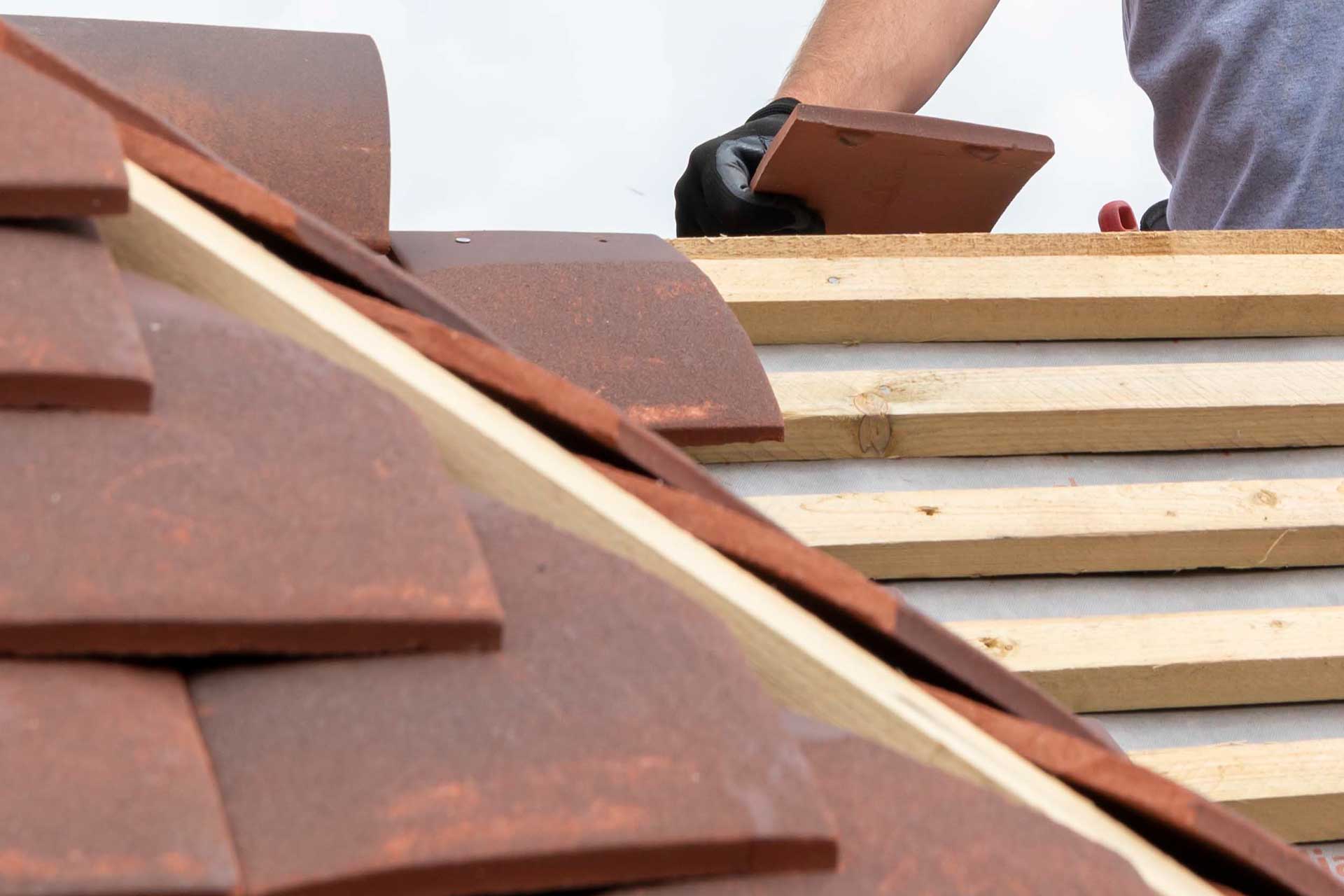Typical Roof Replacement Prices in the UK: An Important Guide for Owners
Typical Roof Replacement Prices in the UK: An Important Guide for Owners
Blog Article
Roof replacement is one of the most important investments a UK homeowner can make. Over time, even the most well-constructed roofs begin to show signs of wear and tear, especially given the often unpredictable British weather. From relentless rain to heavy winds and occasional snowfall, the UK climate can take a serious toll on roofing materials. The homeowner may notice that the roof is nearing its end. This could be due to loose tiles, roof leaks, roof moss or an uneven roofline. Ignoring such problems can result in internal water damage and insulation issues, as well structural weakness. A timely roof replacement can not only increase the value of your home, but also protect it. It is important to know when and how you should replace your roof in order to ensure safety and comfort.
In the UK, the lifespan of a typical roof depends heavily on the material used and how well it has been maintained. Slate and clay tiles are traditional choices for British homes and can last 50 to 100 years if properly installed and maintained. Concrete tiles are more affordable and still offer around 40 to 60 years of durability, making them a popular option for modern homes. The life expectancy for felt roofs is usually 20-30 years. They are often found on garages and extensions. Patch repairs can be expensive and may not extend the roof's life. Getting a professional roof survey can help determine whether replacement is necessary and what options are best suited to the specific structure and location of your home. Factors such as ventilation, roof pitch, and underlayment condition should also be considered during assessment.
Replacing a roof in the UK involves careful planning, especially when it comes to selecting materials that comply with local building regulations and weather requirements. For listed properties or houses in conservation zones, specific tiles and slates may be required to match the original aesthetic. In addition to their aesthetic appeal, materials should be able to withstand the regional climate, especially in regions prone heavy rain or high winds. Homeowners often opt for tiles or slates due to their durability and classic appearance, but modern alternatives such as composite or synthetic tiles are also gaining popularity for their lightweight design and energy efficiency. Roof replacement is a great opportunity to increase insulation, ventilation and reduce energy costs. A good contractor will take all these factors into account and offer guidance on the best solution for each home.
A professional roofer will first conduct a comprehensive inspection. Contractors will determine if a complete replacement or repairs are needed after assessing the extent of damage. If a replacement is required, the old roofing materials are carefully removed, and the decking beneath the roof is inspected for any damage. The underlying structure might need to be repaired before a new roof can be installed. Once the structure is secure, the new roofing materials are installed. The process may take several days depending on how large the roof is and the difficulty of the work. It's important to hire a qualified contractor who has experience with the specific type of roof you have, as different materials and designs require different approaches. To get more details kindly go to www.roofadvisor.co.uk/how-much-does-a-roof-replacement-cost-in-the-uk/
When planning to replace a roof in the UK, timing is incredibly important. The best time for such a project is during the spring or early autumn, when weather conditions are generally more predictable. Project delays and complications can be caused by cold winters or wet summers, particularly if you leave the roof exposed too long. Homeowners should also consider how long the work will take; typically, a full roof replacement takes between one and two weeks, depending on the size and complexity of the property. During this time, scaffolding will be erected, and the property may be noisier than usual. By planning ahead and informing your neighbours, you can smooth out the process. An organised roofing team can complete the project efficiently while maintaining safety and cleanliness.
Roof replacement in the UK is a major but necessary investment that can greatly enhance the value, safety, and energy efficiency of your home. Homeowners can make sure that their project is successful by recognizing the early signs of roof damage, selecting the best materials and working with reputable contractors. Although the cost may seem daunting, the long-term benefits-such as reduced maintenance, improved insulation, and increased property value-make it a worthwhile decision. Taking the time to research, plan, and invest wisely will pay off in the long run. Maintaining a reliable and secure roof, whether you live in an urban townhouse or rural cottage is important for a comfortable lifestyle. With the right approach, a roof replacement can be a seamless process that adds both beauty and functionality to your home.